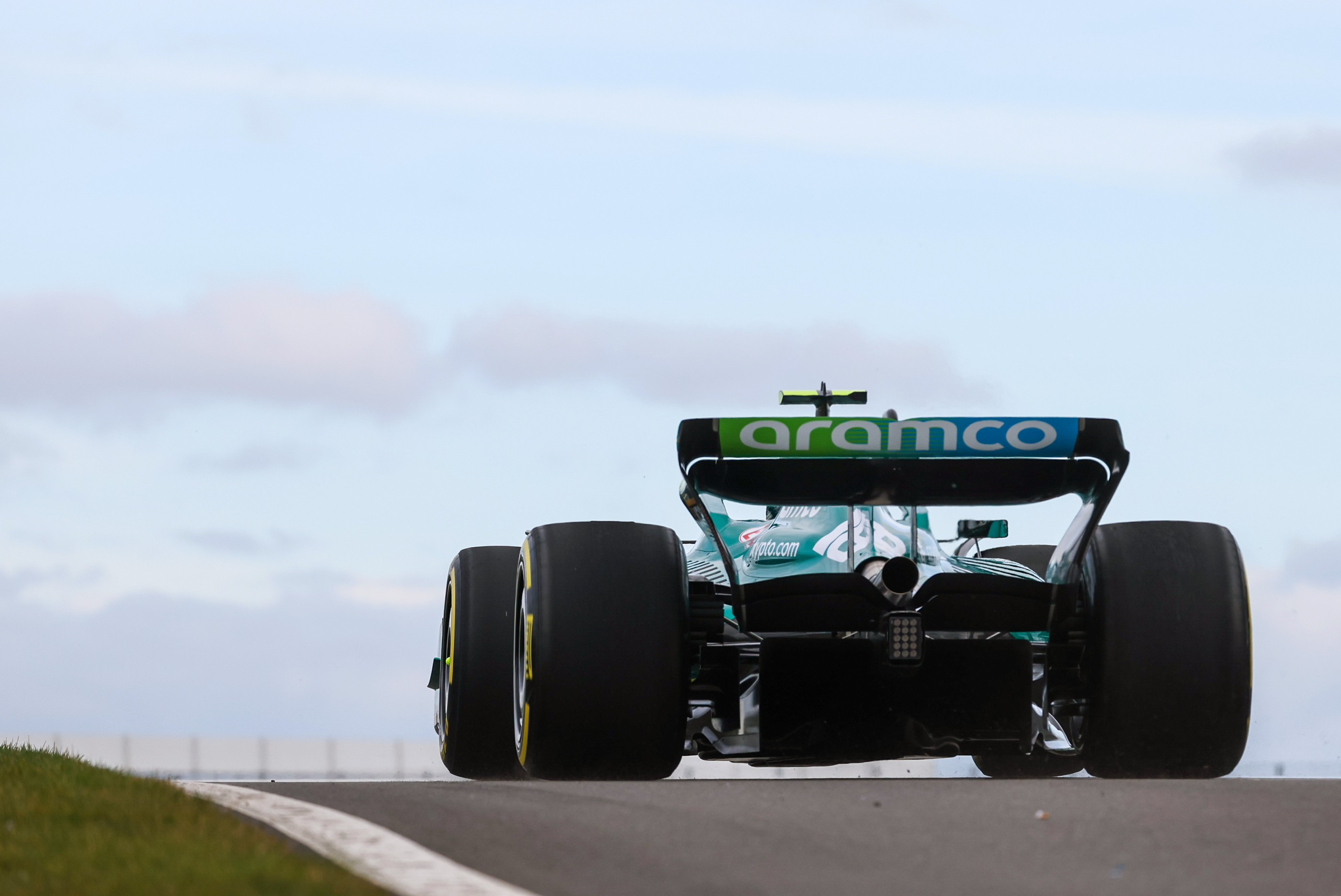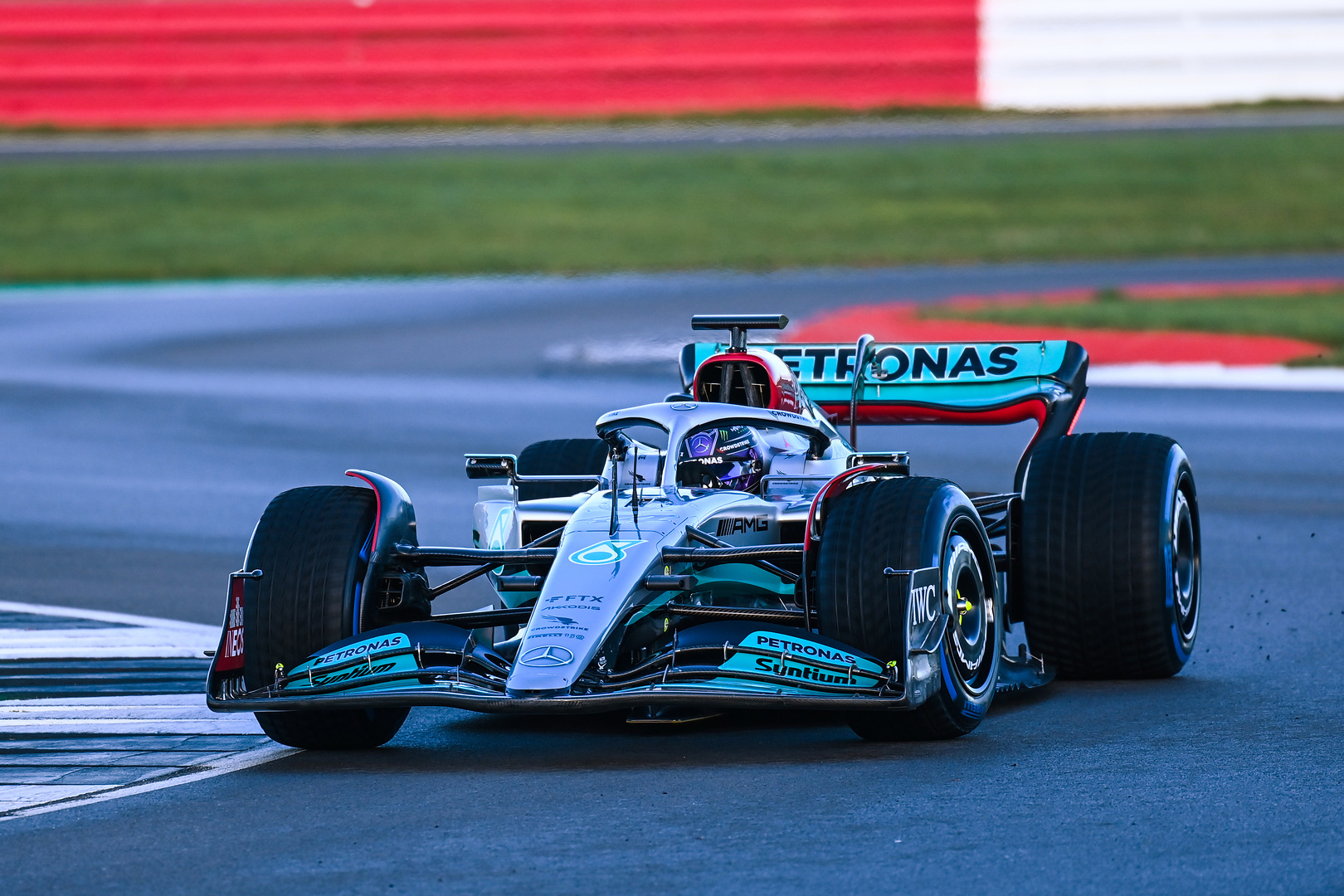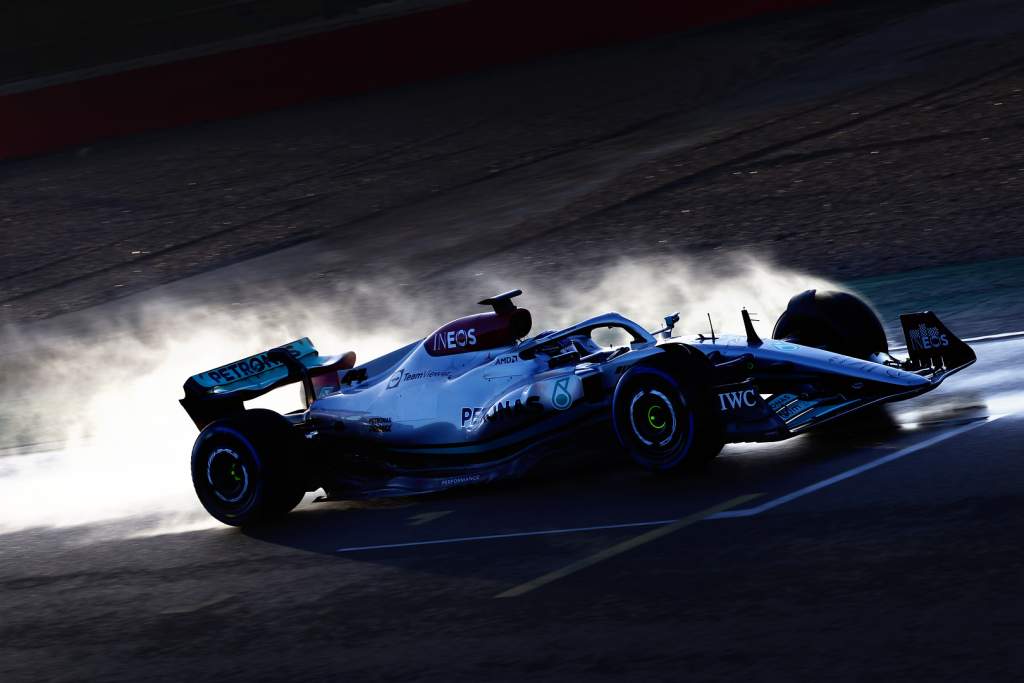Up Next

Formula 1’s new chassis regulations will have a knock-on effect on the way that the power unit packages are operated during 2022.
While the packaging impact of the new cars on the power units has been much discussed throughout F1’s launch season, the effect of the changing in car dynamics and performance on the way the engines are managed has been less of a talking point.
The 2022 cars are expected to be faster in a straight line owing to the reduced drag, meaning less full-throttle time, while the performance in the various phases of the corner will be impacted by the shift to a ground-effect concept.

The cars are expected to be stiffer and a little more snappy and difficult to drive than the previous generation of machines. They will be quicker in the fast corners thanks to the ground-effect downforce, but slower in the slower turns thanks to the reduced effectiveness of the venturi tunnels at lower speed and the simplified suspension systems.
Also, the way the high-rake cars had of transferring the aero balance favourably towards the front as speeds dropped has been lost. So there will be less initial grip into the slow turns, while the absence of bargeboards to connect up the aero and maintain aero loads through long duration turns will be felt, too.
There is a huge amount of performance to be found in managing the conventional V6 and various ERS components and their interactions precisely to maximise the harvesting and deployment and the relationship between the MGU-K, MGU-H and energy store.
Teams constantly work to refine this but have built a formidable understanding of how to do so thanks to experience with the last generation of cars. But Hywel Thomas, head of the High Performance Powertrains arm of Mercedes, suggests this will now have changed.

“I suspect the way the PU operates over a lap will not be the same as last year,” said Thomas.
“While it’s difficult to really know the laptime difference, generally the car will perform differently, generating downforce and performance in a new way.
“The drivers will want the PU to do different things at different times through corners and potentially from one corner to the next, because of the car characteristics.
“The amount of full-throttle time, the way the drivers approach and exit corners, won’t be exactly like they used to be and this will also have a knock-on to how we harvest energy and deploy it.”
In the slower corners in particular, having usable torque when getting on the power will be crucial given the cars could respond better to a faster entry speed and lower minimum speed than the previous generation cars. This is because front downforce is expected to be difficult to generate at lower speeds.
That will require feeding in the power more aggressively while potentially carrying a little more lock than the previous generation cars, which is why there’s an added driveability requirement.
While this can be achieved with deploying battery power, this uses up energy that can be used over a lap so there’s also a significant focus on the conventional internal combustion engine.
Although Mercedes and its rivals will have completed a significant amount of running using simulation tools to adapt the way they run their engines, this work can only be validated and improved once they rack up miles.

The Mercedes was shaken down at Silverstone on Friday, with just 100km permitted. This means the work will begin in earnest when pre-season testing gets under way at Barcelona next Wednesday
But Thomas believes that the understanding will improve over the season as experience builds across a wider range of circuits, meaning that things will have changed significantly by the end of the year as maximum efficiency is squeezed out of the power unit package.
“We’re going to have to be reactive, to make sure we are delivering whatever the driver is requesting,” said Thomas.
“Over the course of the year, given the regulation changes, I think the development of the overall car package will be quite strong, so the way the PU works at the start of the season won’t be the same come the final races of 2022.
“We must include that ability to be adaptable into the PU from the start of the season, because of the performance freeze. Because of these unknowns and the amount of change, testing and track time before the season begins really will be crucial.
“There are great simulation tools, getting us in the right area, but nothing can match bolting the PU into the back of the car and going around the circuit.”





